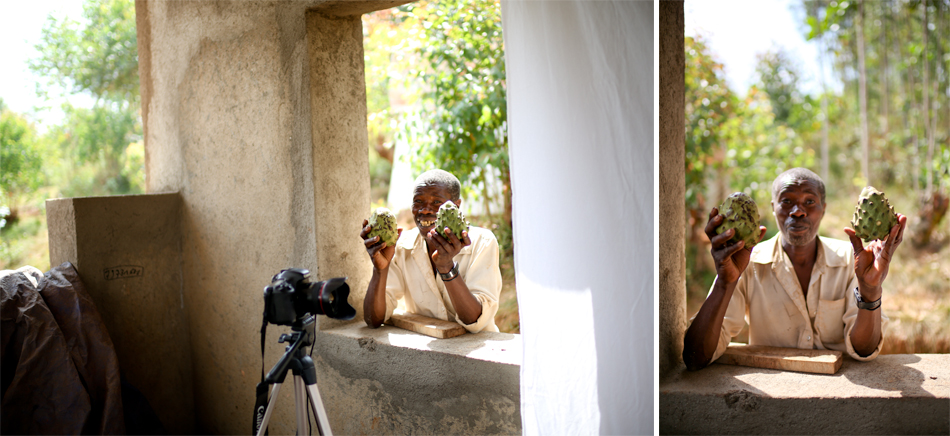Like in any culture, there are no absolutes that apply to everyone. There are many Burundians who do drink coffee, but generally they are not the farmers who grow it. Whenever we ask coffee farmers if they’ve tasted their own coffee, the response is the same almost every time:
“NO, BUT I WOULD LIKE TO.”
Coffee trees grow almost everywhere in Burundi’s higher elevation ranges, but coffee beans are hard to find outside of niche markets in the capitol city. The coffee cherries are too valuable for most farmers to keep and dry for home consumption, so the coffee crop goes to a washing station where it can make cash on the kilogram. It’s a common daily ritual for farmers to drink a glass of fresh milk or a thermos of hot tea, but almost never coffee. This might be because when Burundi was a Belgian colony, Burundians were forced to grow at least 50 coffee trees but never had the opportunity to drink it.
Coffee arrived in Burundi with the Belgians in the 192o’s. Growing coffee wasn’t a choice for Burundians from 1933 until Belgian rule fell away in 1962. When it did, many farmers ripped out their coffee trees, choosing instead to plant subsistence crops like bananas or cassava. Those who kept their coffee trees did so with little enthusiasm for coffee itself, having seen very little compensation for their efforts under Belgian rule. War, political uprising, a monarchy, democracy, and global warming have followed in the decades since. It has only been since the early 2000’s that producing specialty coffee has become a focus in Burundi. With such a turbulent past, it’s no wonder that farmers have had little opportunity to taste their own coffee. We wanted to change that for a farming couple named Philippe and Sabine.
Philippe and Sabine live on a piece of land tucked underneath Gitwe hill, a stone’s throw away from Heza. They grow just shy of 500 coffee trees in between a sea of tea plants and banana trees on a piece of land inherited from Philippe’s father- a coffee farmer before them.
Have you ever tasted your coffee?
“Never.”
What do you think it tastes like?
“It must be nice, otherwise you wouldn’t ask us to keep growing it.”
How do you feel about learning how to make coffee today?
“Excited. When we have cherries again, we’ll be able to make it ourselves at home.”
How does it taste?
“It needs sugar.”
(after adding milk and sugar)
It’s so good! It’s delicious.
It was hard work brewing coffee with Philippe and Sabine in the hills where it’s grown. There are coffee farmers the world over who spend their days caring for this precious crop they might never get the chance to taste. It makes one realise that it’s a privilege to be able to buy, brew and drink coffee so easily in other parts of the world every day.
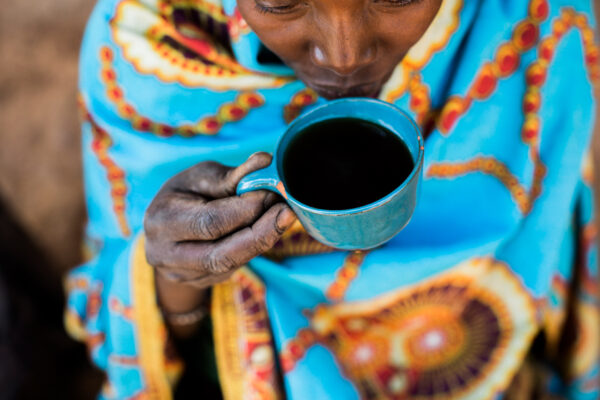
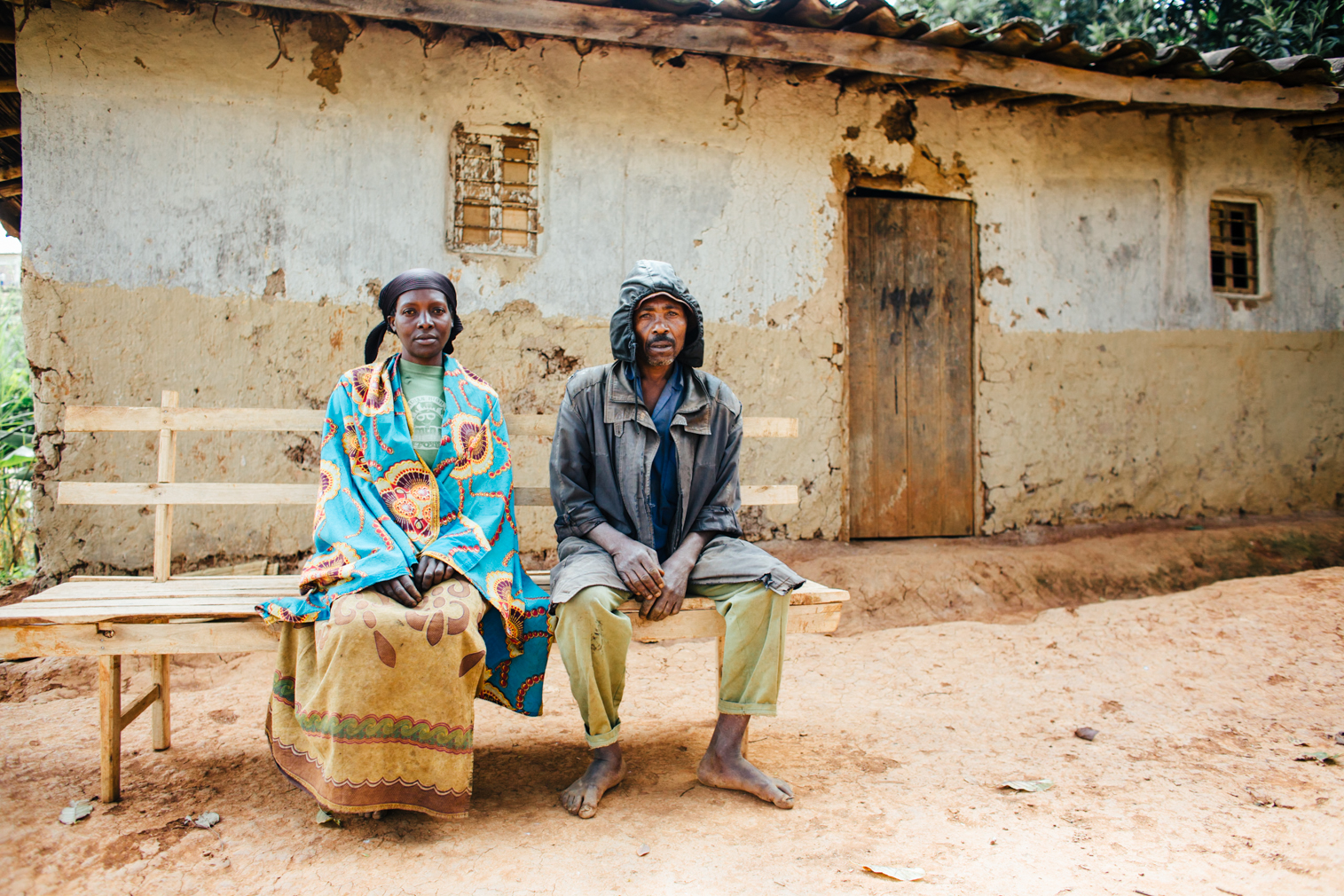
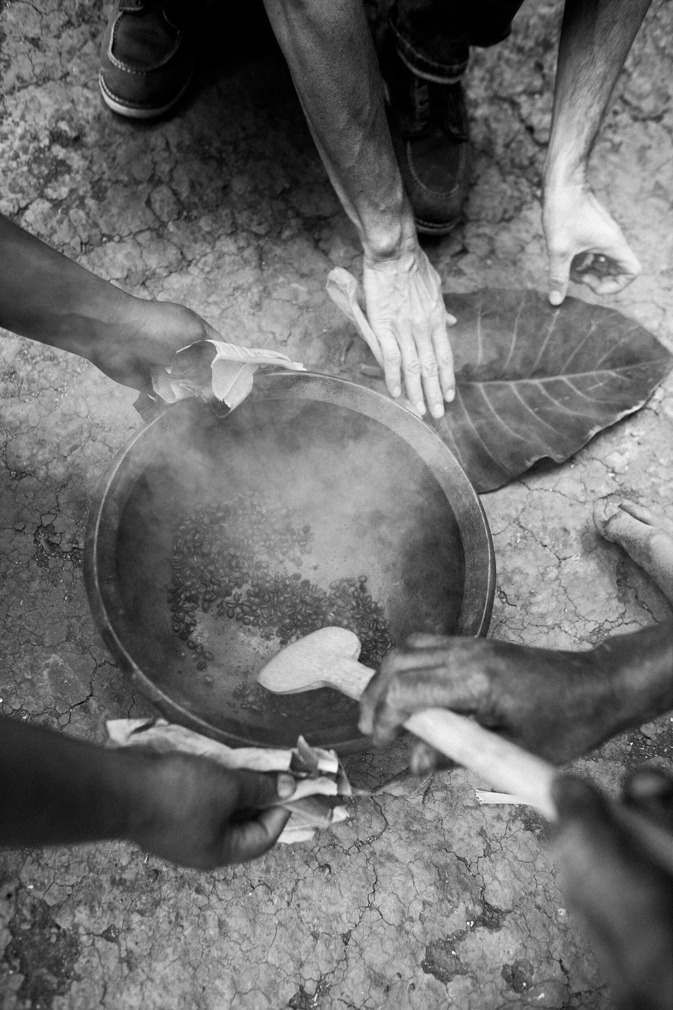
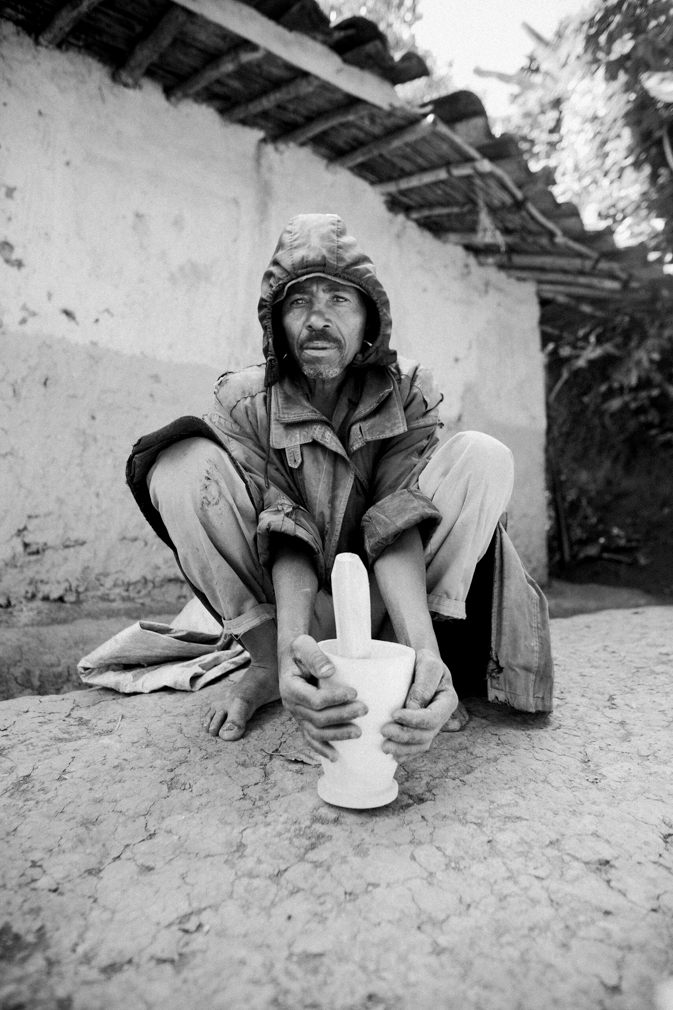
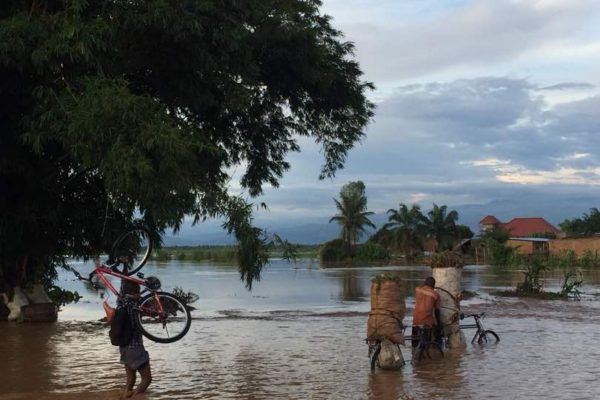



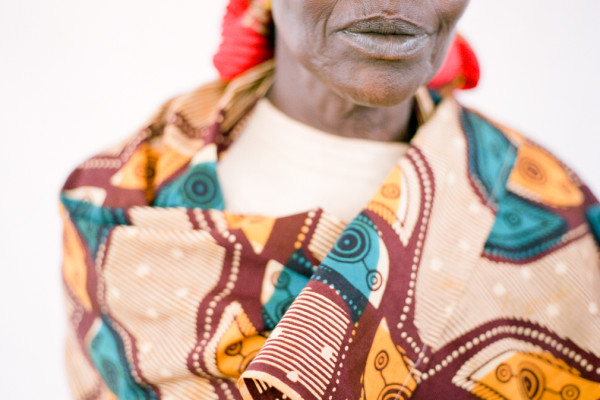
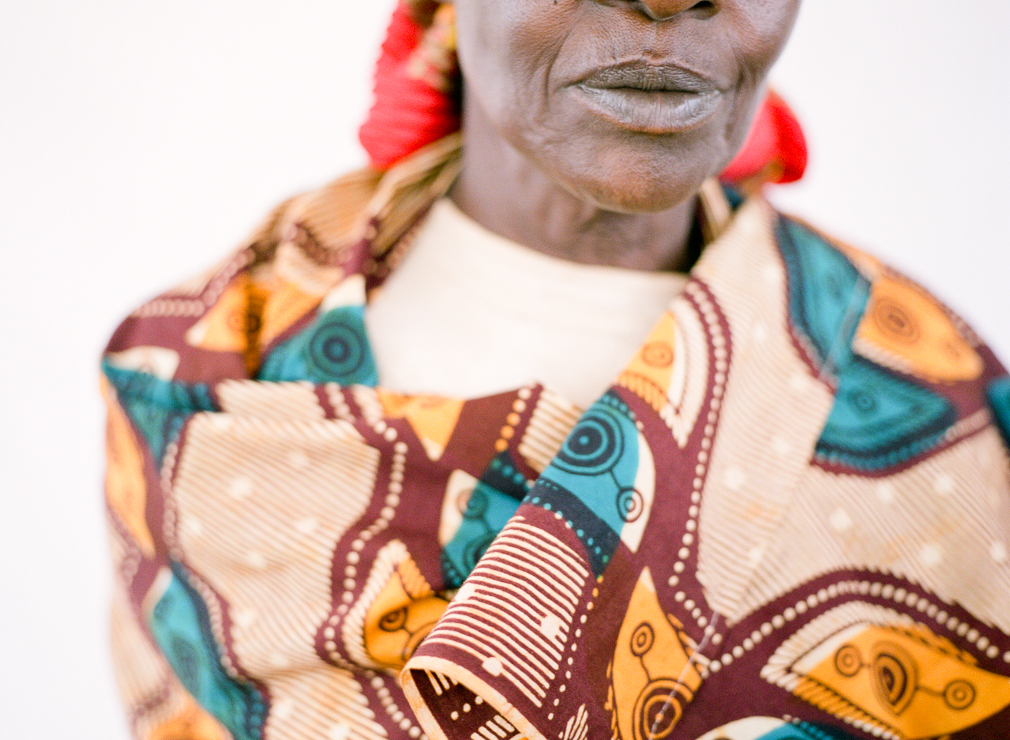
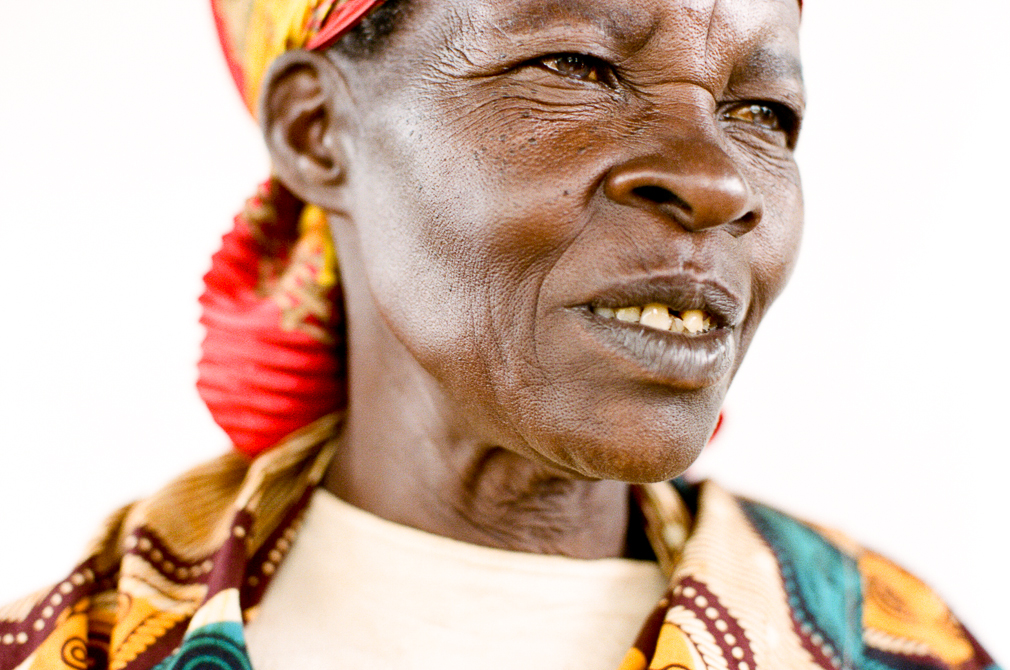
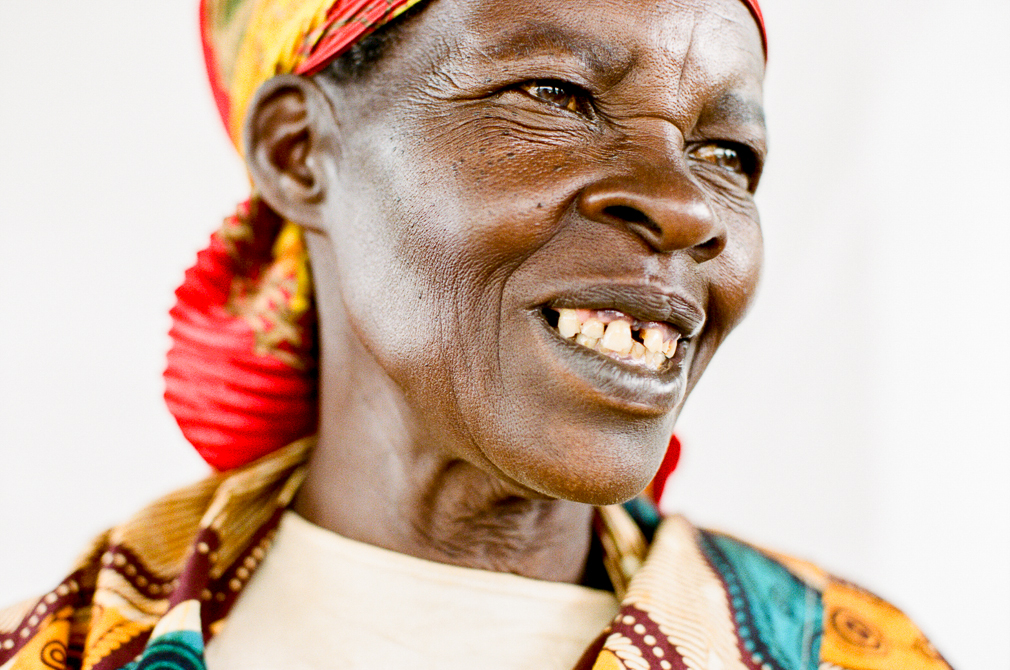
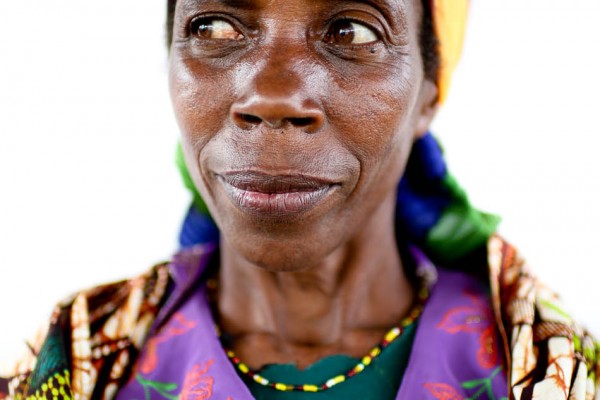
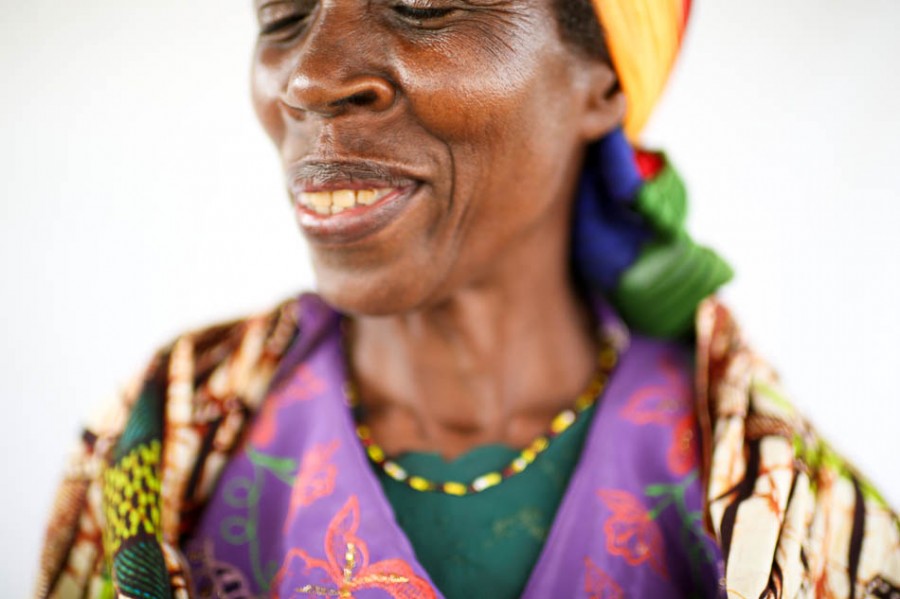 War continues to pulse it’s reaching veins through lives and lands long after the guns stop ringing. For Espéciose, that means being the sole provider for her 6 children in one of the most poverty stricken nations on earth. Her husband was killed in the
War continues to pulse it’s reaching veins through lives and lands long after the guns stop ringing. For Espéciose, that means being the sole provider for her 6 children in one of the most poverty stricken nations on earth. Her husband was killed in the 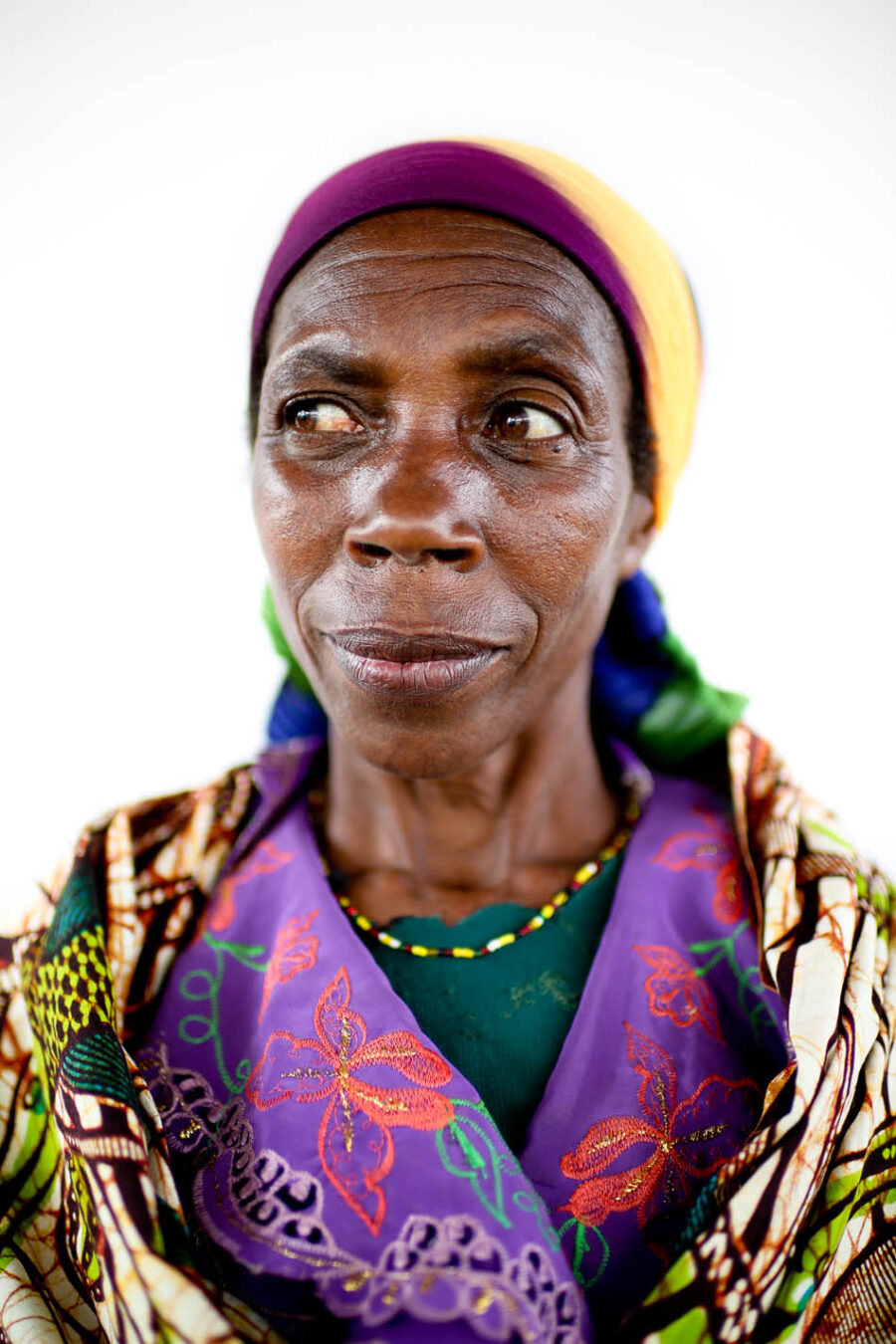 It’s a 45 minute walk to the Long Miles Bukeye washing station from the small hand built brick home on Rugoma hill where Espéciose and her children live. She carries her ripe red coffee cherries in bags set atop the heads of herself and her children. She has never tasted the coffee she works so hard to grow, it’s far too precious to drink. “I work hard with one goal, staying healthy.” she says.
It’s a 45 minute walk to the Long Miles Bukeye washing station from the small hand built brick home on Rugoma hill where Espéciose and her children live. She carries her ripe red coffee cherries in bags set atop the heads of herself and her children. She has never tasted the coffee she works so hard to grow, it’s far too precious to drink. “I work hard with one goal, staying healthy.” she says.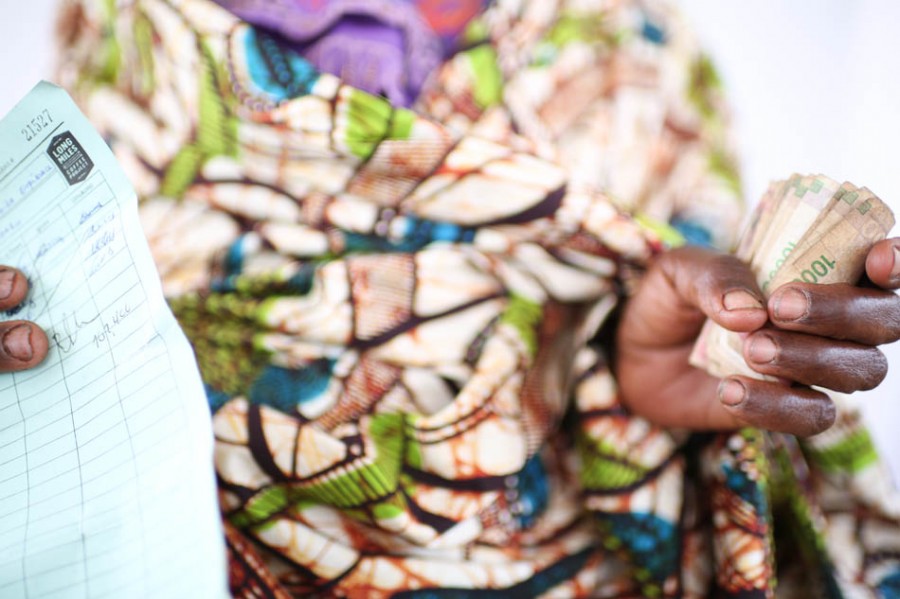
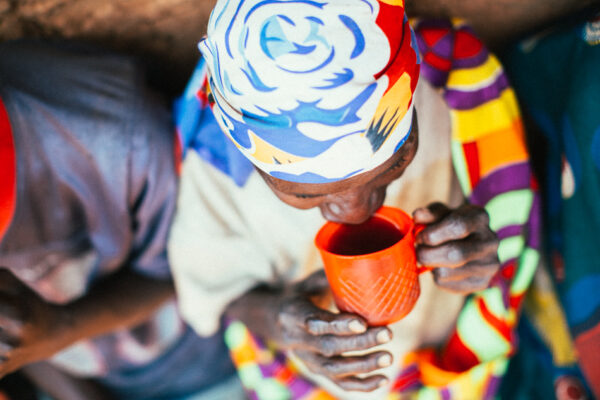
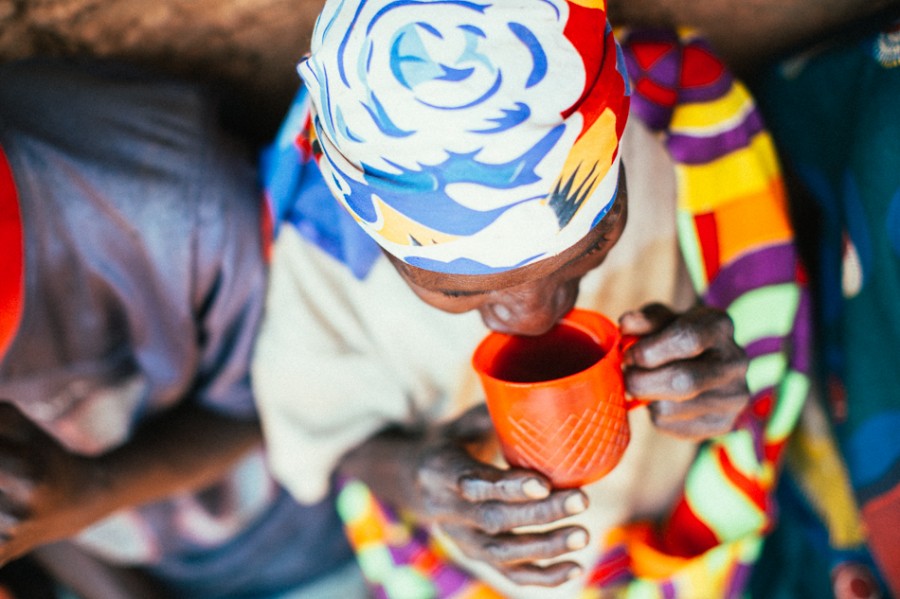
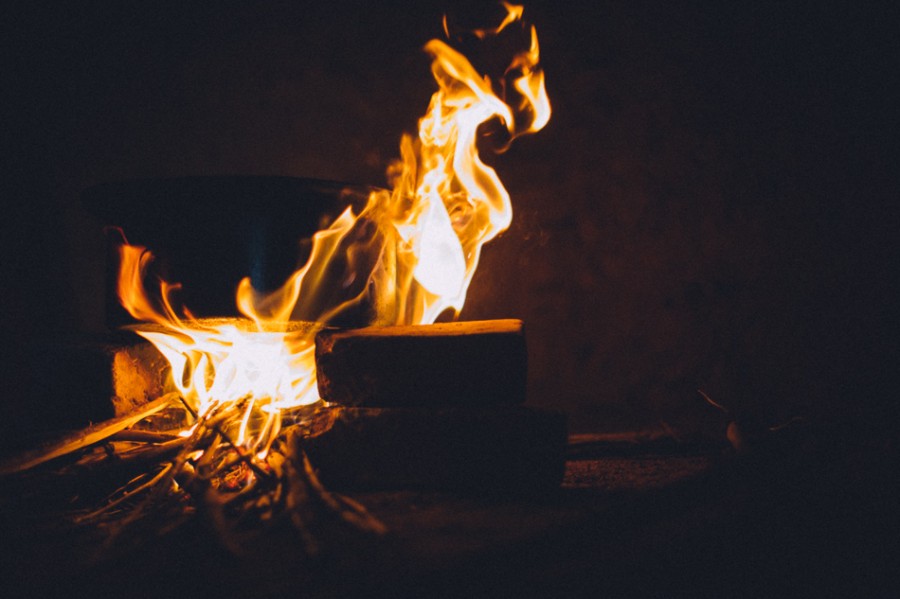
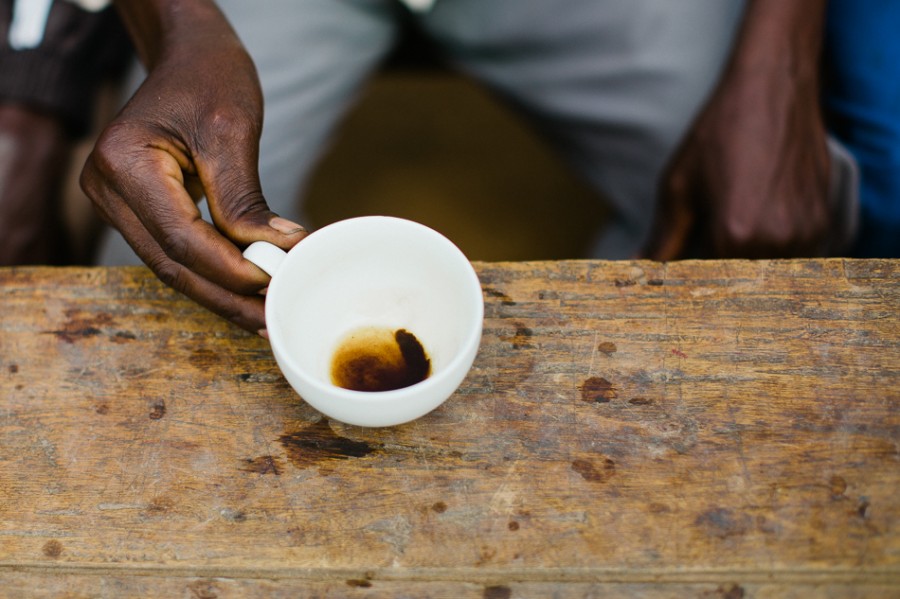 “How many of you have ever tasted coffee from your home hill?” I asked while requesting a show of hands. One person raised their hand. One person. Just one. Over 200 coffee farmers were circled around us at the community gathering point on Gaharo hill. It was hot and dusty. The morning light of Africa falling harshly on people’s faces. The community elders sat behind rustic wooden tables. The rest of the community sat on small benches or on the ground. We spent the morning listening to the challenges the farmers are facing, sharing ideas and thoughts about change and the future.
“How many of you have ever tasted coffee from your home hill?” I asked while requesting a show of hands. One person raised their hand. One person. Just one. Over 200 coffee farmers were circled around us at the community gathering point on Gaharo hill. It was hot and dusty. The morning light of Africa falling harshly on people’s faces. The community elders sat behind rustic wooden tables. The rest of the community sat on small benches or on the ground. We spent the morning listening to the challenges the farmers are facing, sharing ideas and thoughts about change and the future.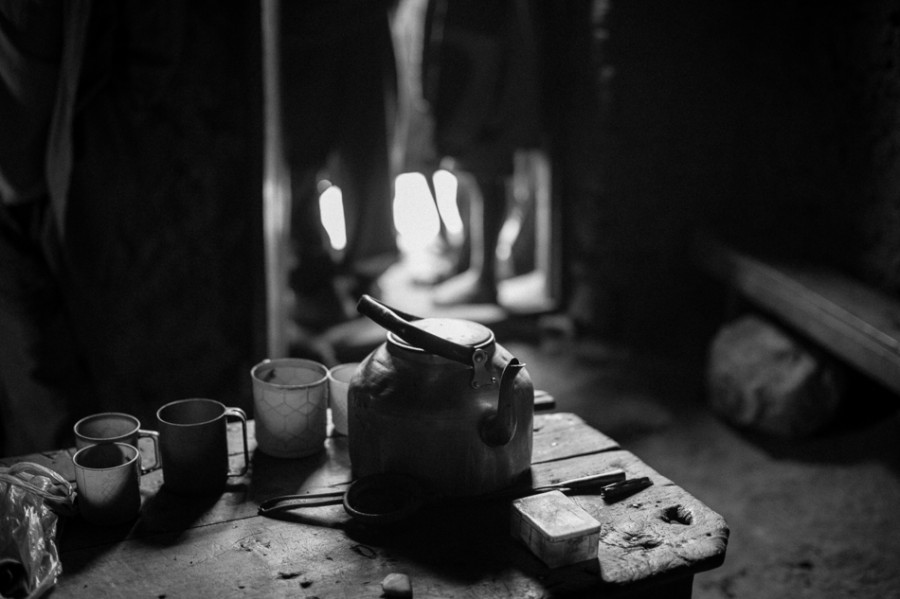
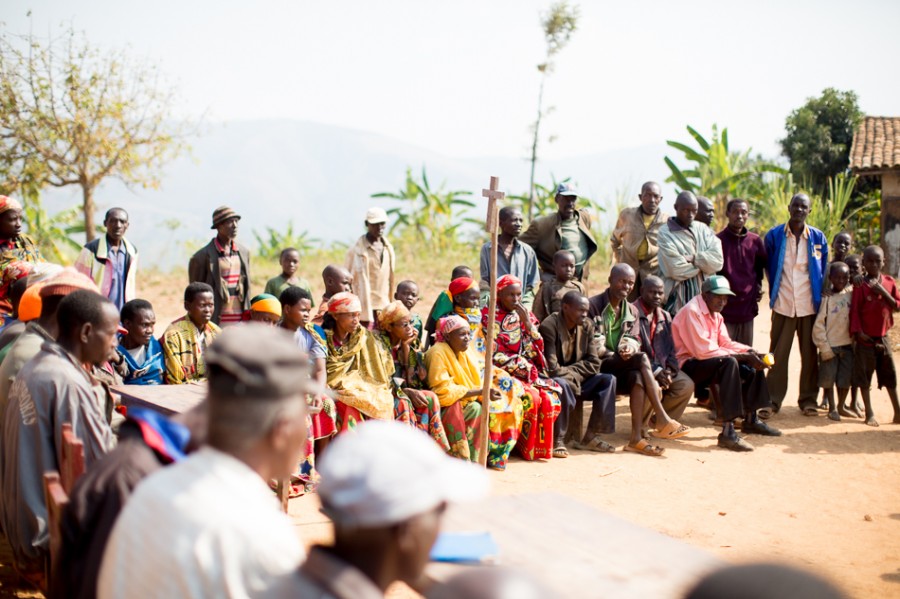
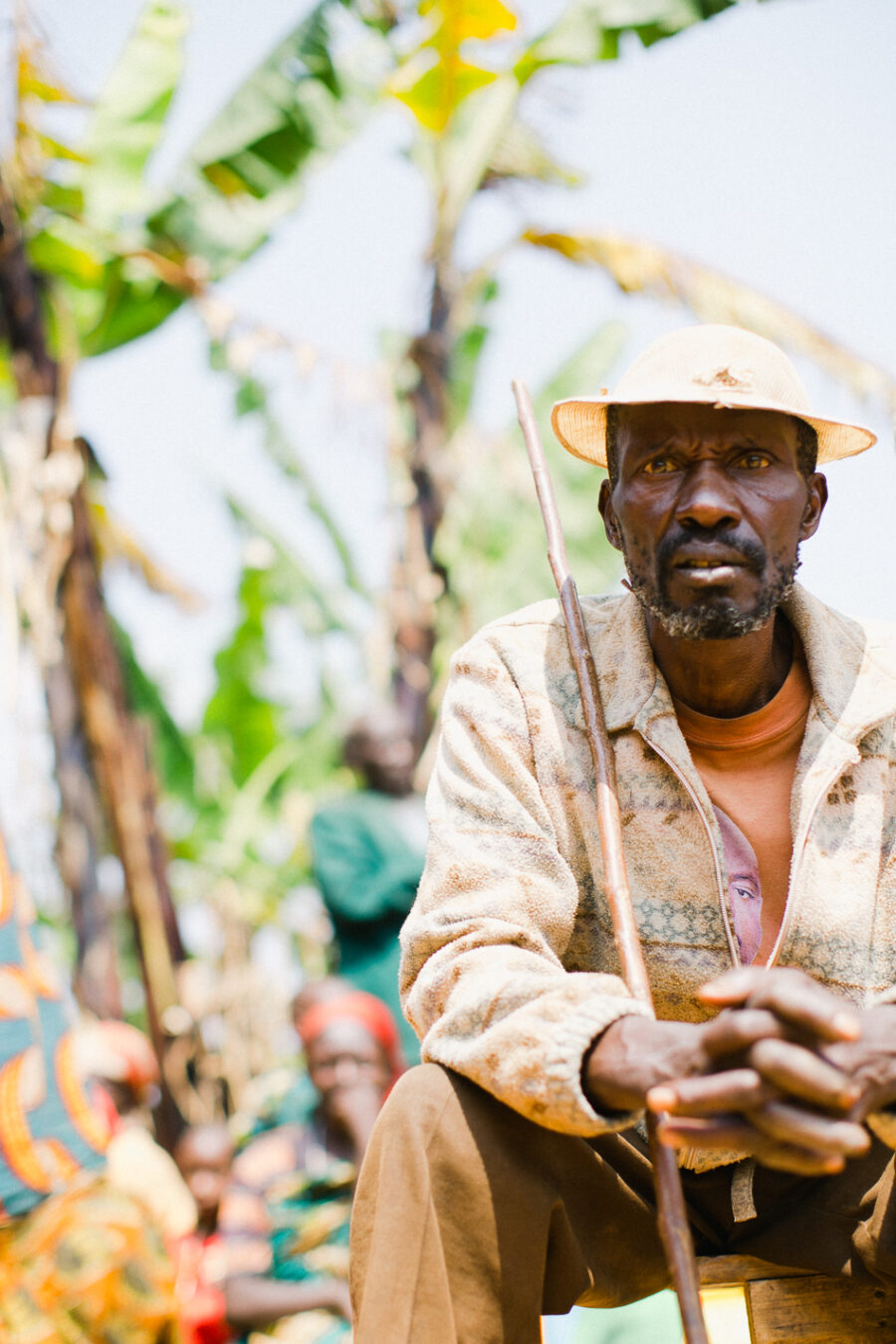
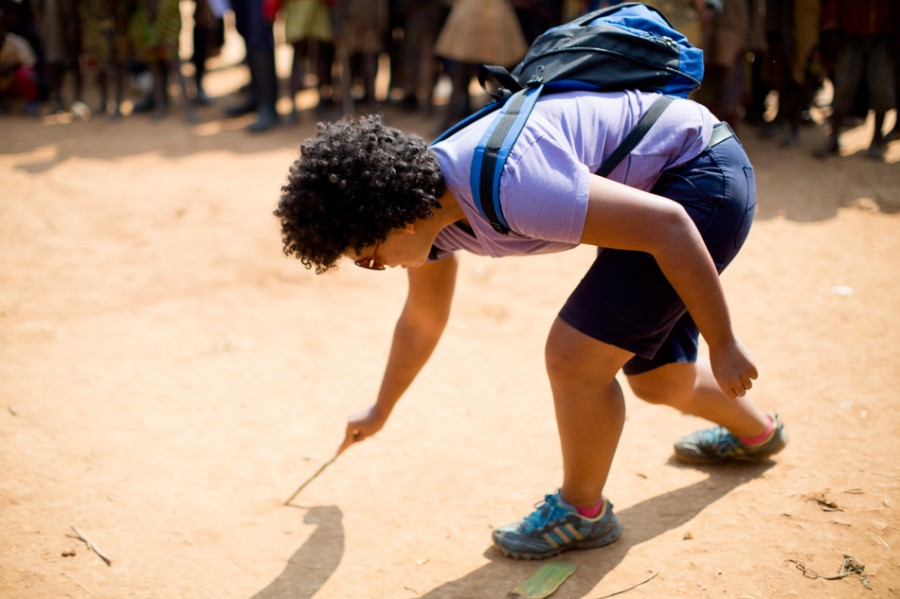 Lauren, Long Miles’ Farmer Relations Officer (FRO), drawing out the coffee supply chain it in the dirt to help the farmers understand the journey of their coffee.
Lauren, Long Miles’ Farmer Relations Officer (FRO), drawing out the coffee supply chain it in the dirt to help the farmers understand the journey of their coffee.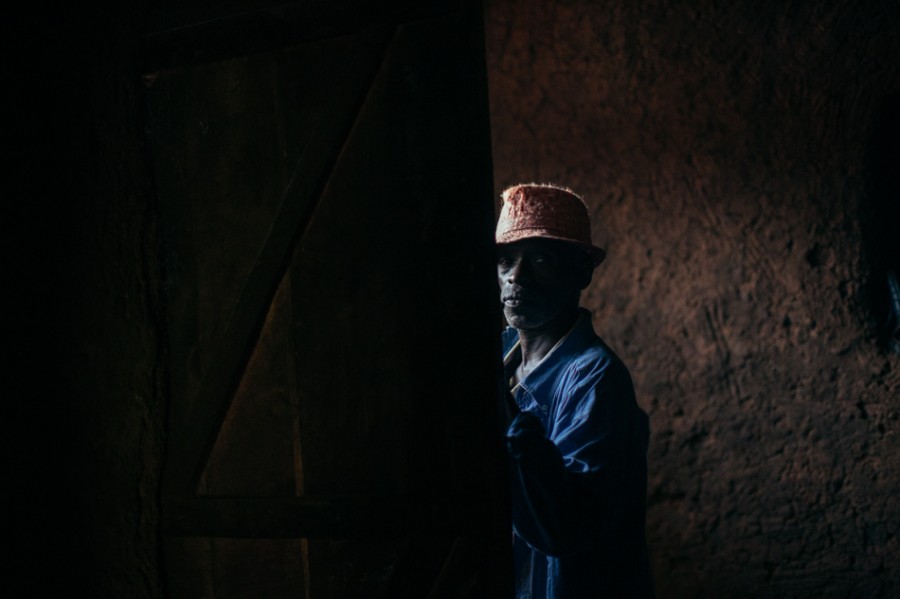
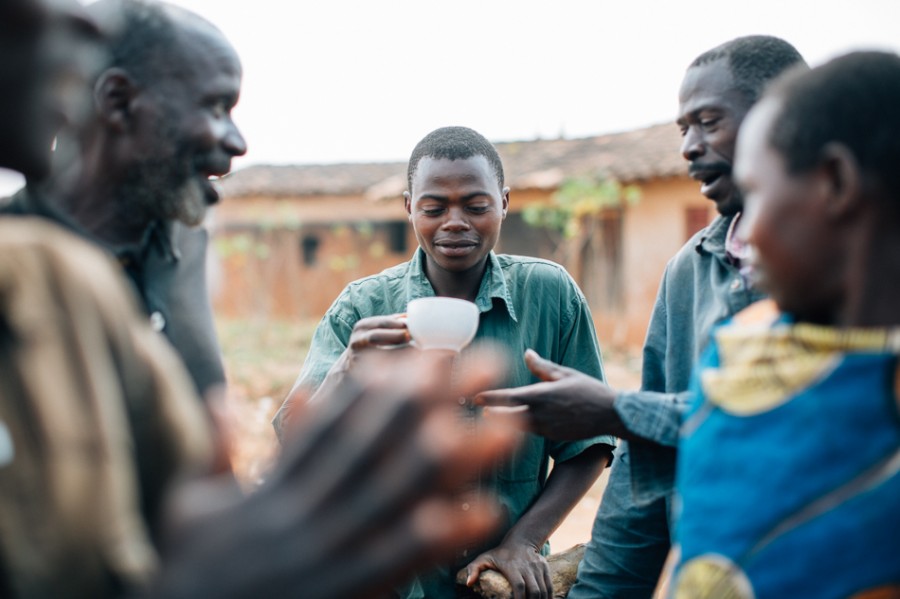
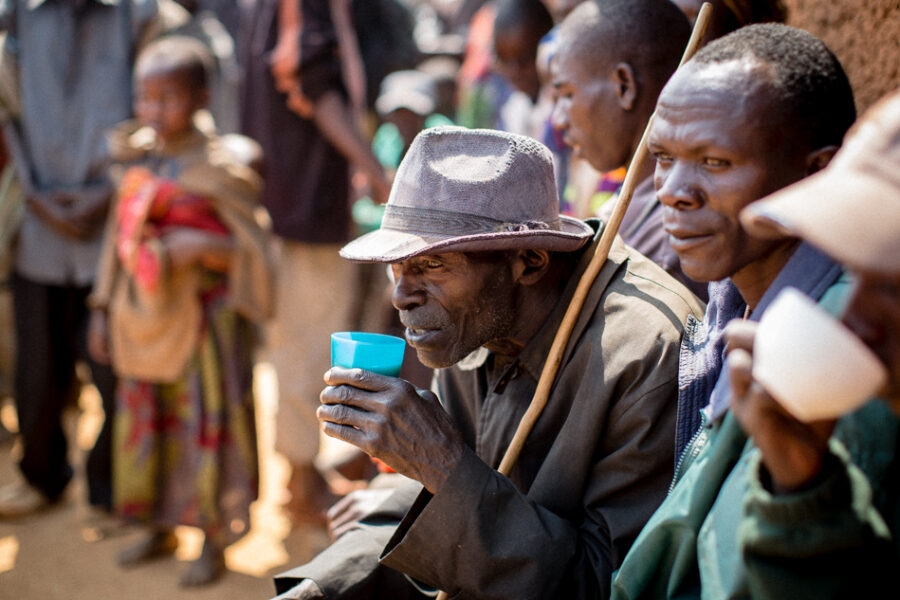
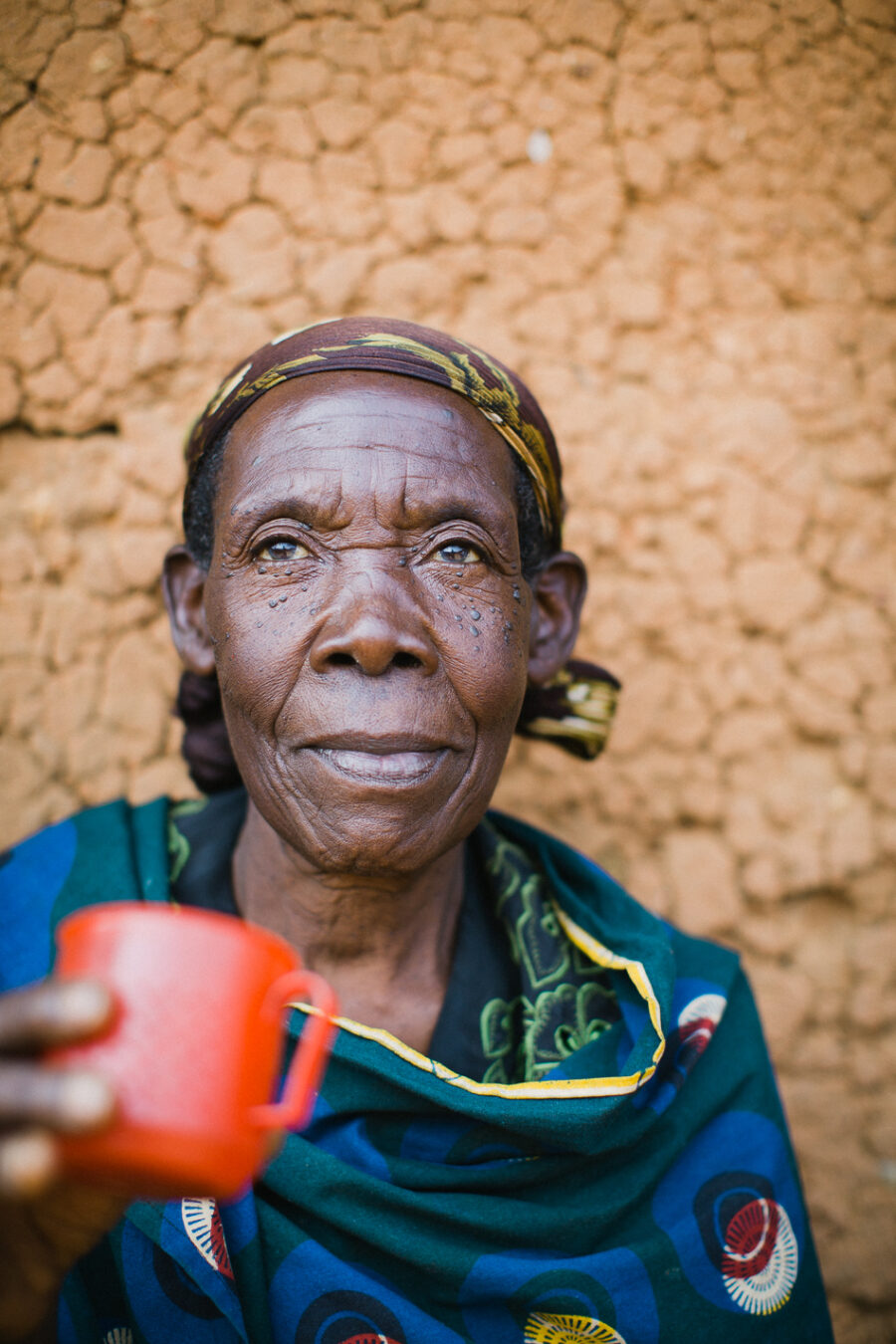
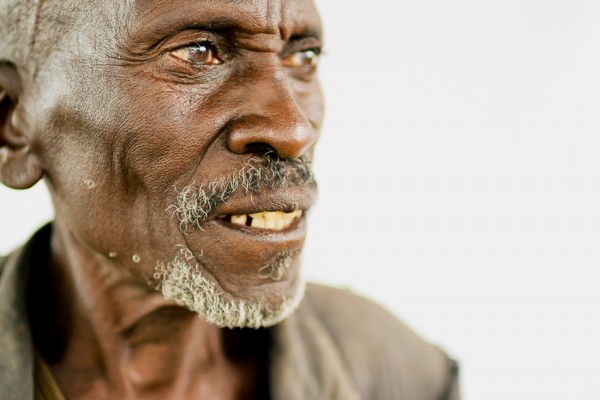
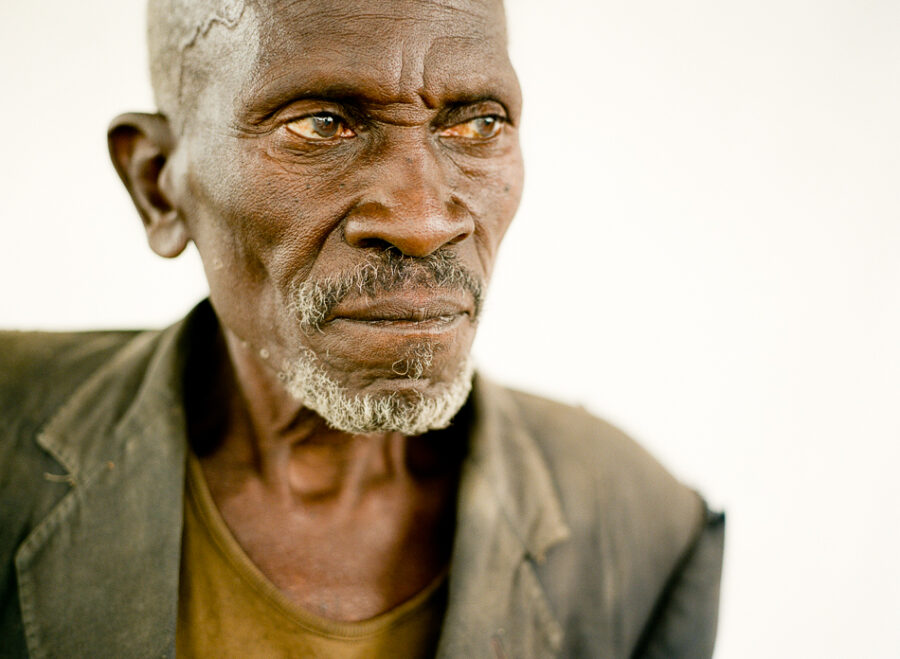
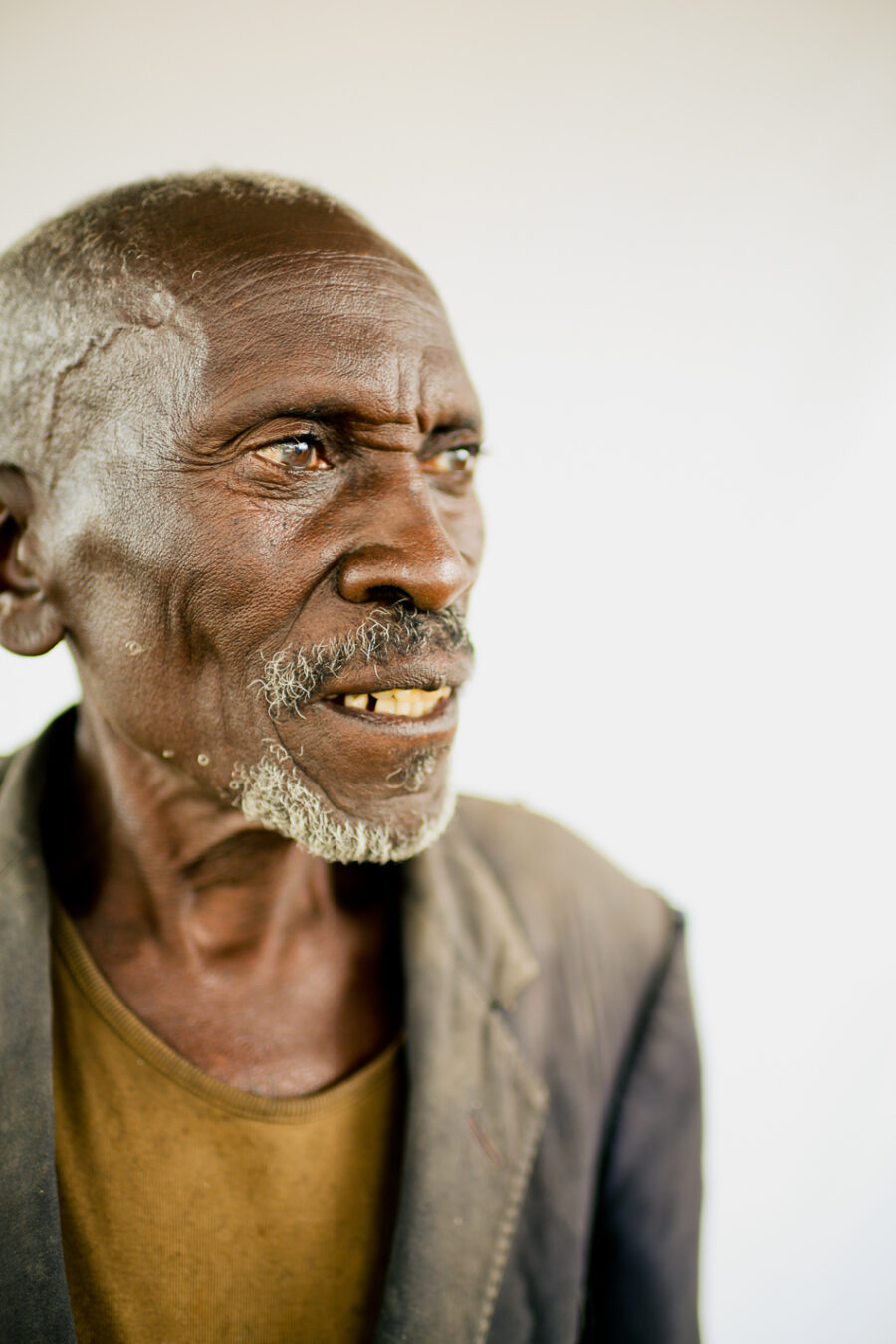
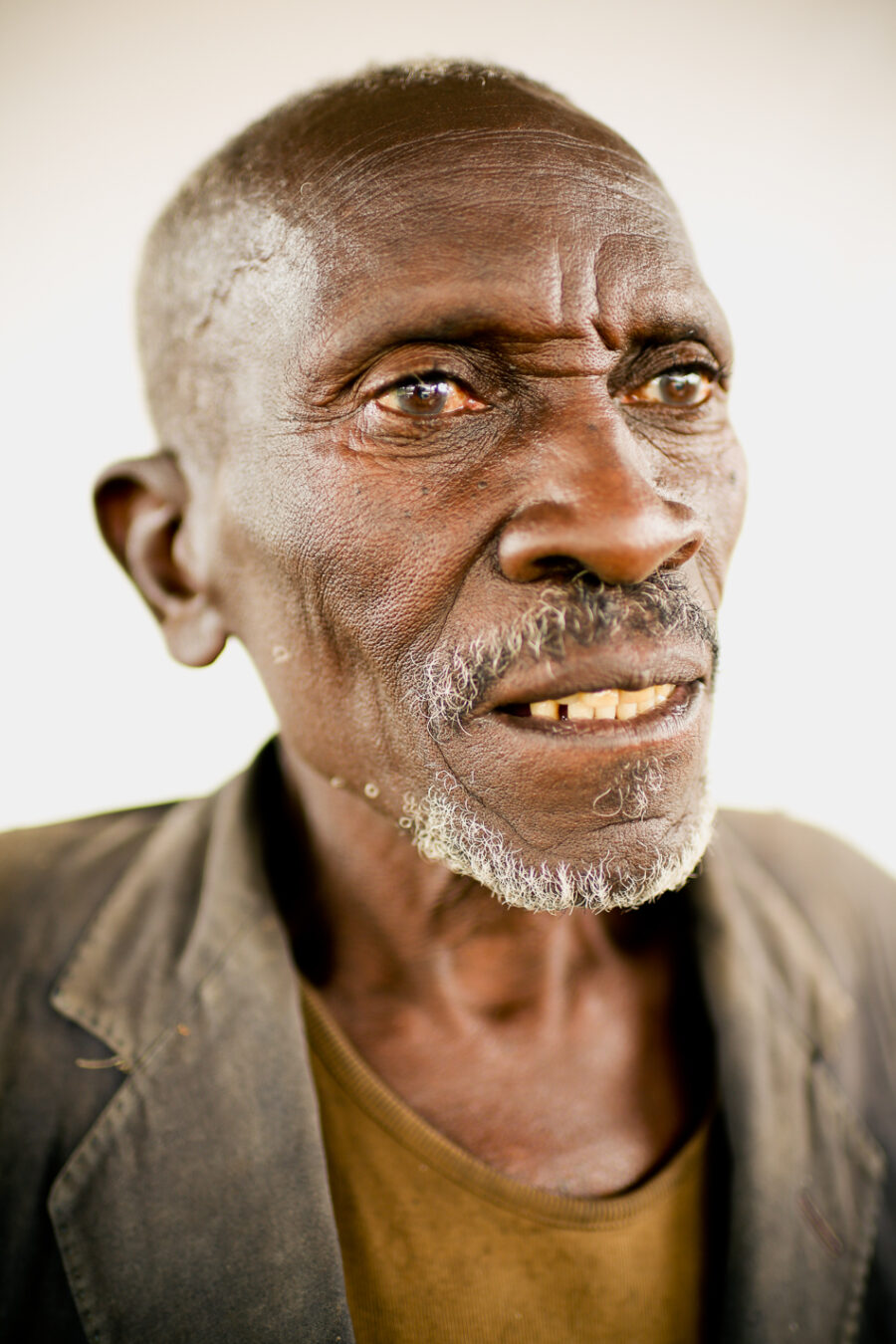
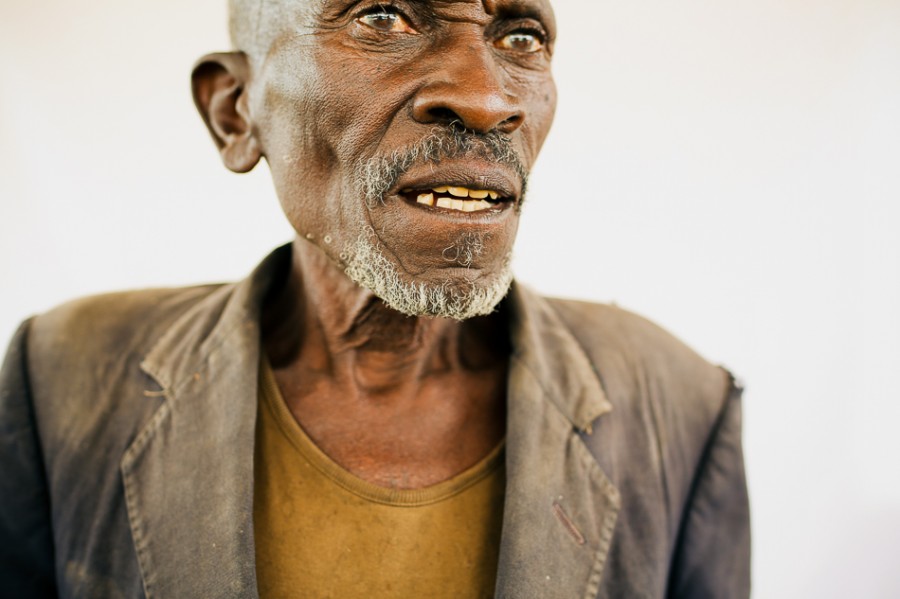 Portra 400 Canon EOS3, Canon 5D Mk III
Portra 400 Canon EOS3, Canon 5D Mk III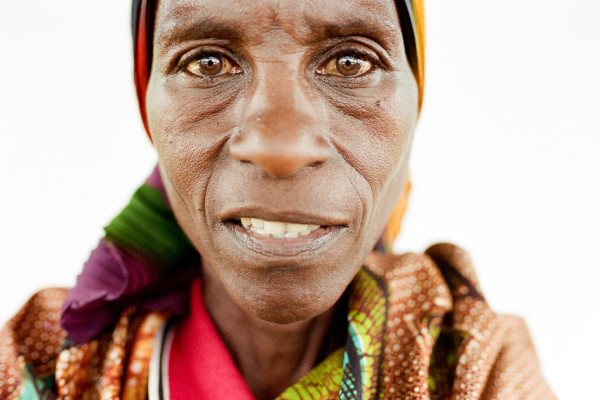
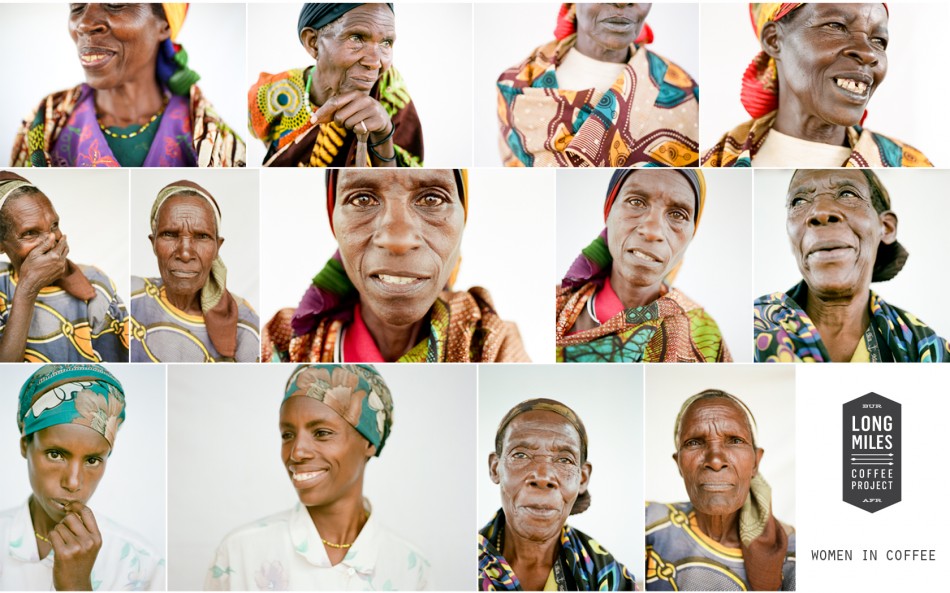 My friend
My friend 
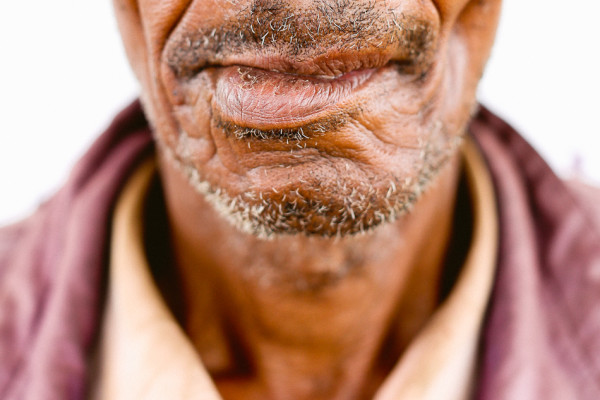
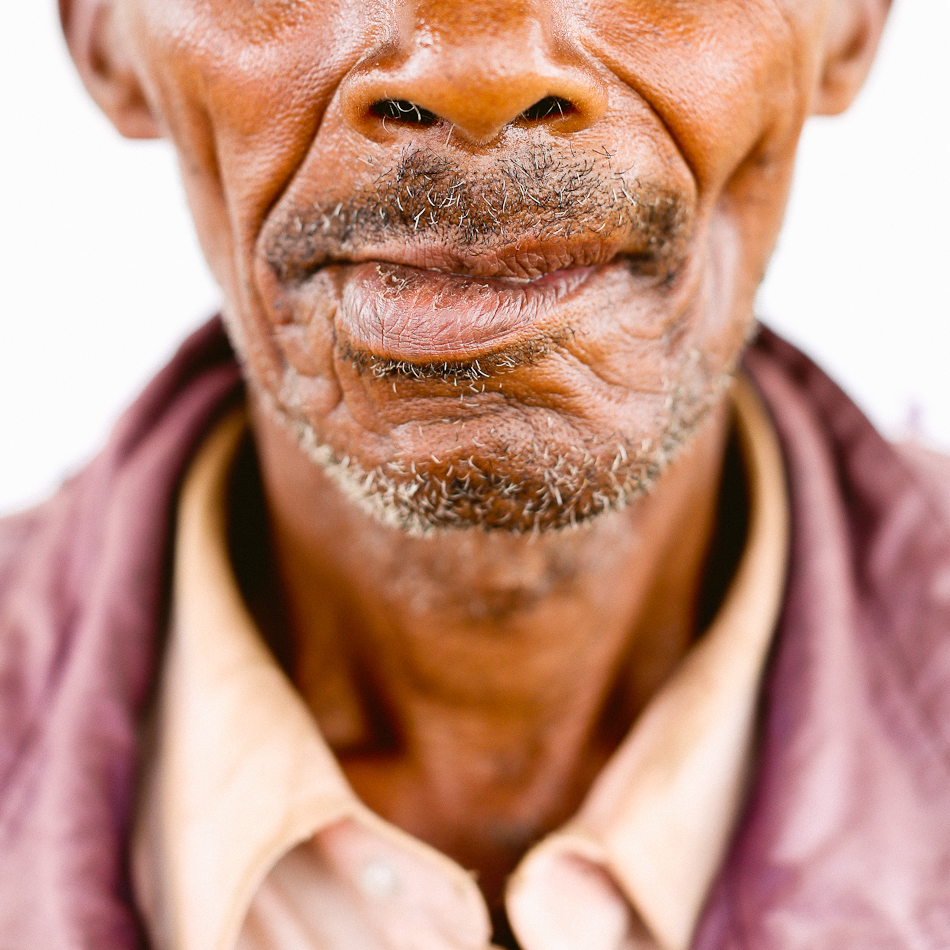
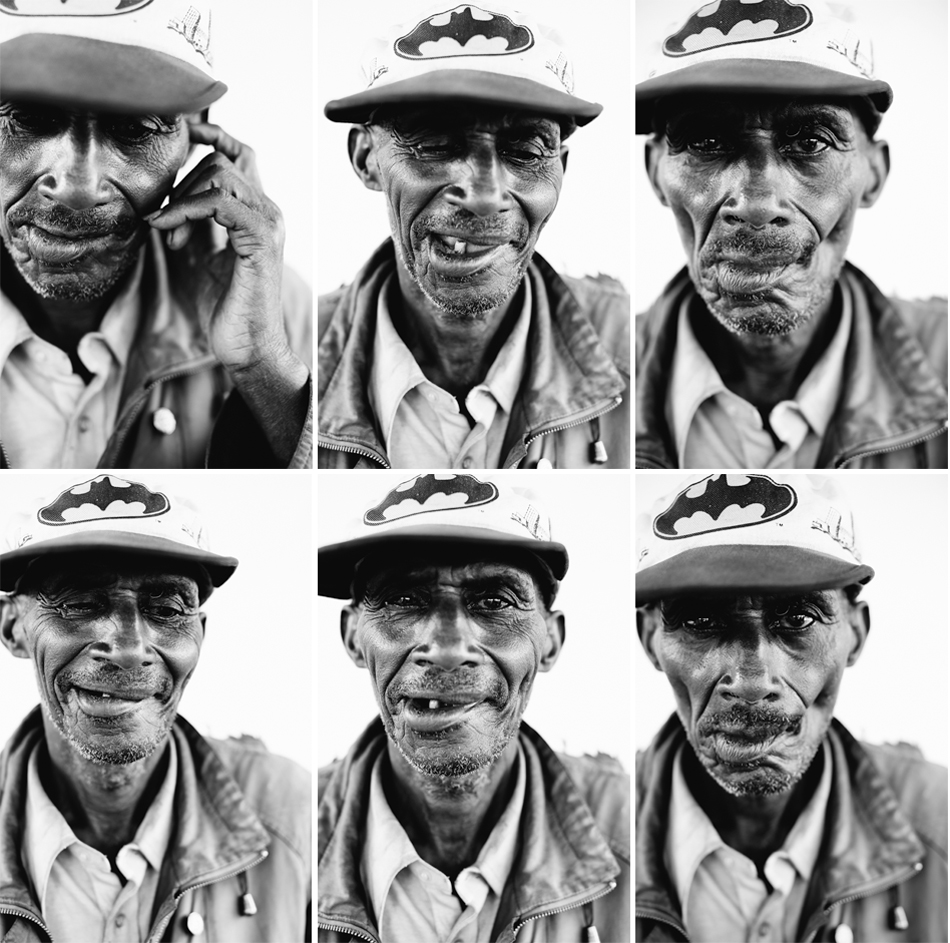
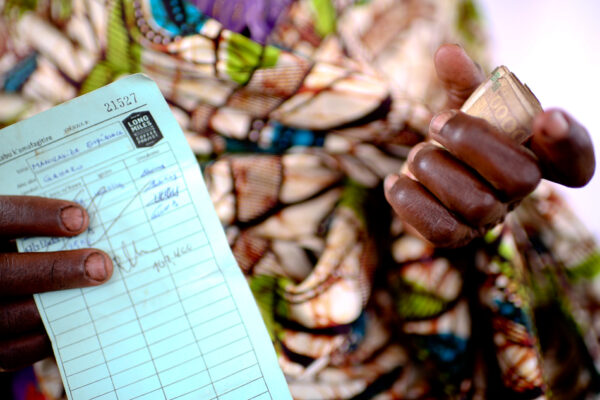
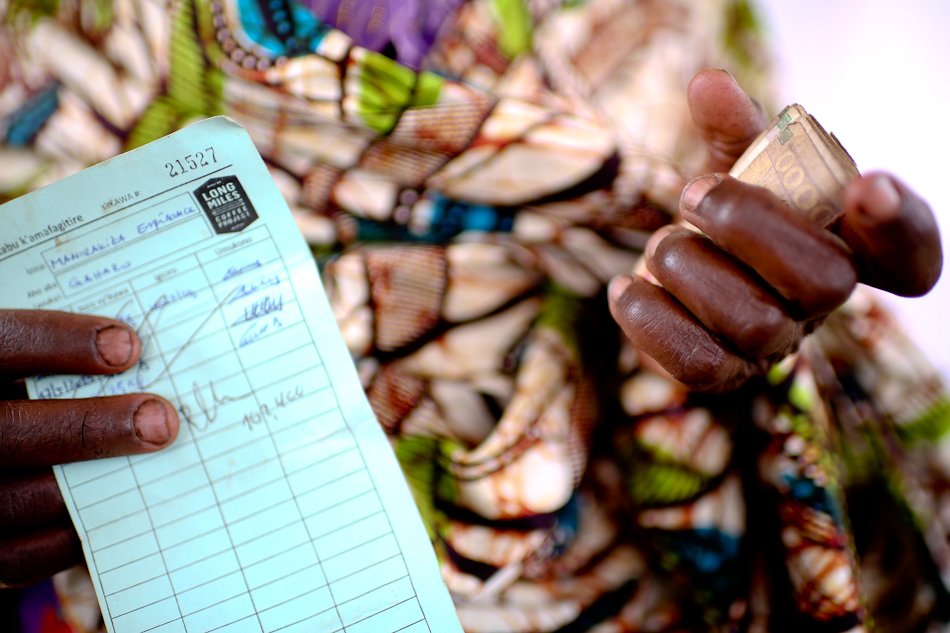 I was photographing farmer stories most of the day, but I managed to sneak out to capture a few of the happenings at the station.
I was photographing farmer stories most of the day, but I managed to sneak out to capture a few of the happenings at the station.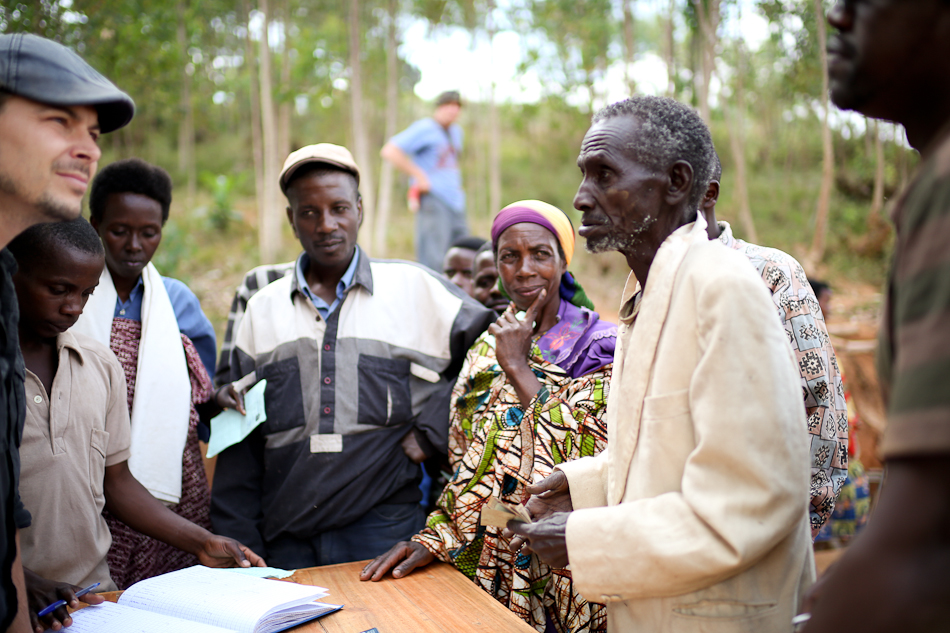 Wait until you see and read this farmer’s story. Wow! He was an absolute dream come true to photograph. Connecting with him was an experience I will never forget.
Wait until you see and read this farmer’s story. Wow! He was an absolute dream come true to photograph. Connecting with him was an experience I will never forget. 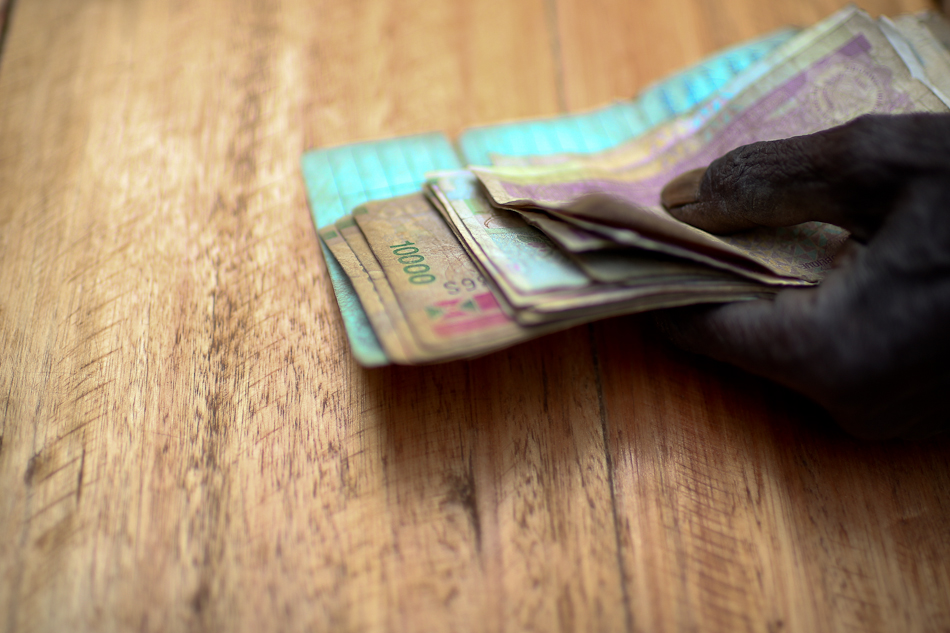
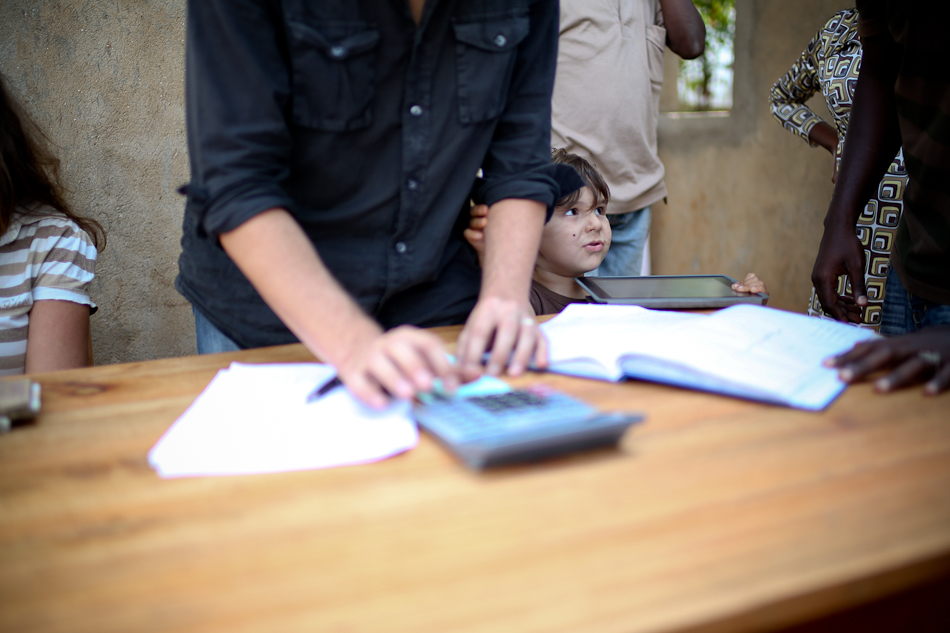 Neo “helping out” with farmer payments.
Neo “helping out” with farmer payments. 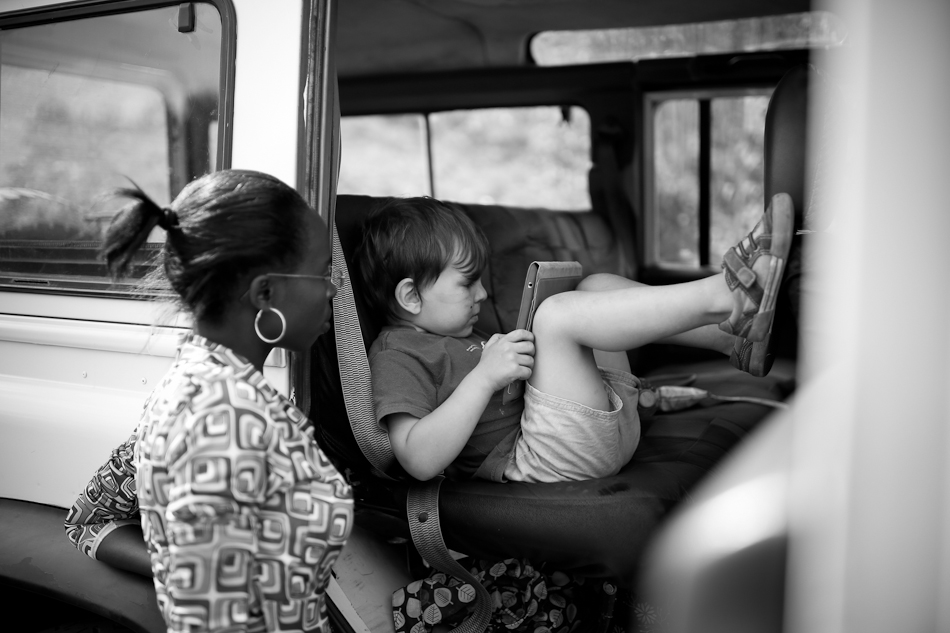 He gave up helping dad, had a “no-nap meltdown” and landed up in the ol’ Granny Landy with the ipad.
He gave up helping dad, had a “no-nap meltdown” and landed up in the ol’ Granny Landy with the ipad. 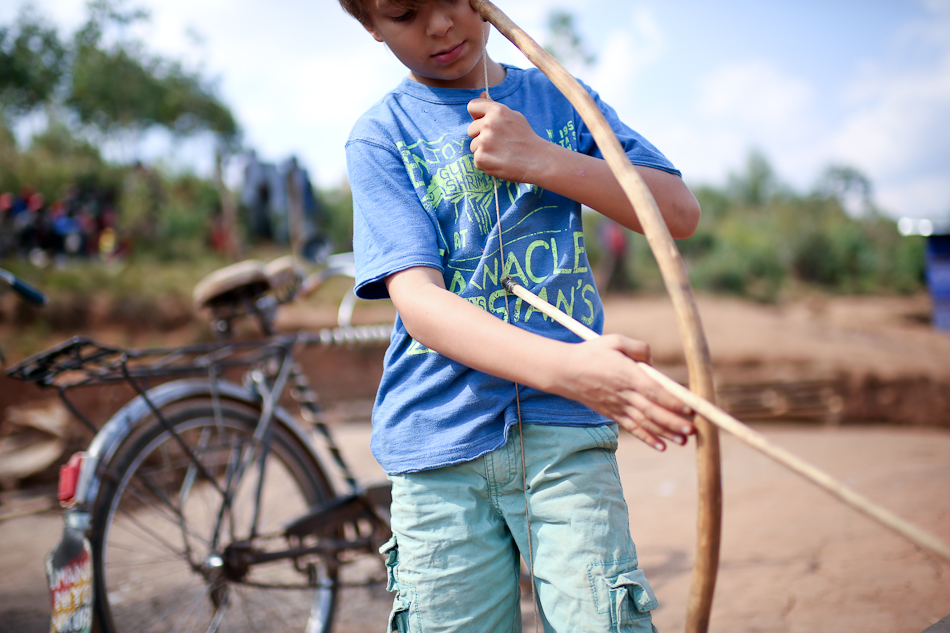 Myles learned how to shoot a bow and arrow from our resident washing station guard, Jean. Of course, Jean sent the bow and arrow home with us and we’ve had to oversee daily practice sessions ever since.
Myles learned how to shoot a bow and arrow from our resident washing station guard, Jean. Of course, Jean sent the bow and arrow home with us and we’ve had to oversee daily practice sessions ever since. 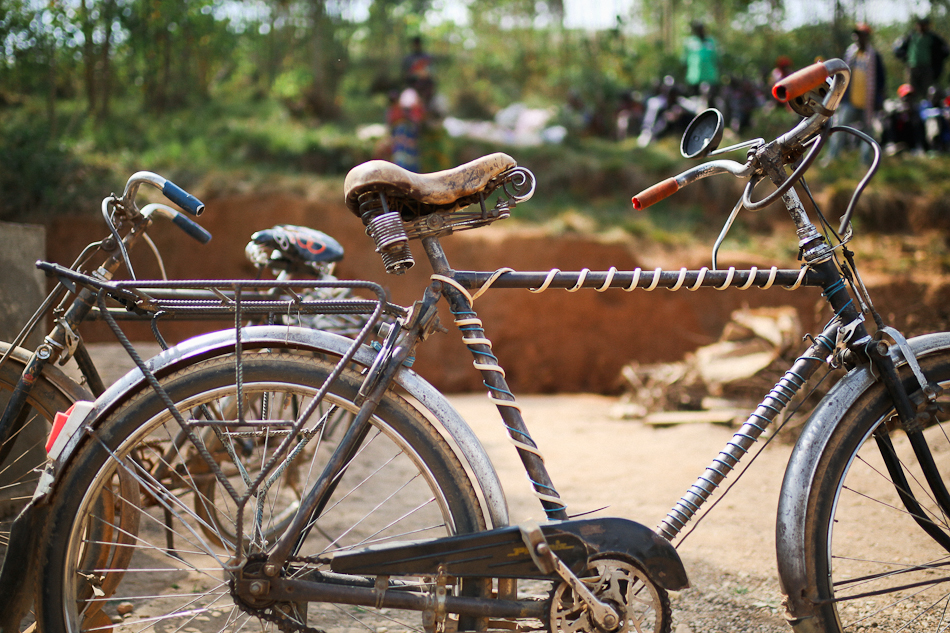 I never can resist photographing the bikes! Millions of bike pictures. Mill-IONS.
I never can resist photographing the bikes! Millions of bike pictures. Mill-IONS. 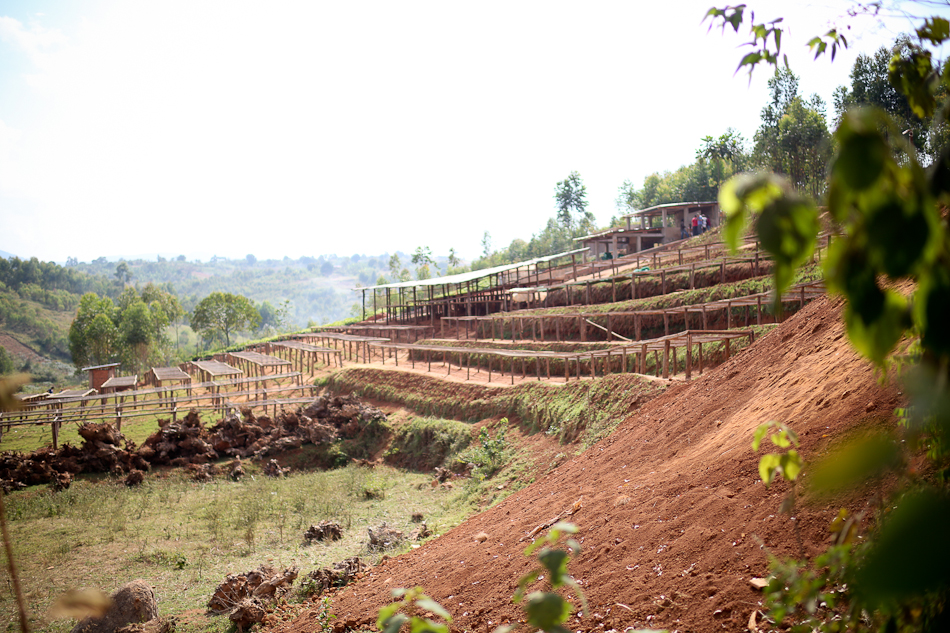 Lookie, it’s the LMCP washing station! 5 months ago this was a hill full of eucalyptus trees being grown for firewood and charcoal.
Lookie, it’s the LMCP washing station! 5 months ago this was a hill full of eucalyptus trees being grown for firewood and charcoal. 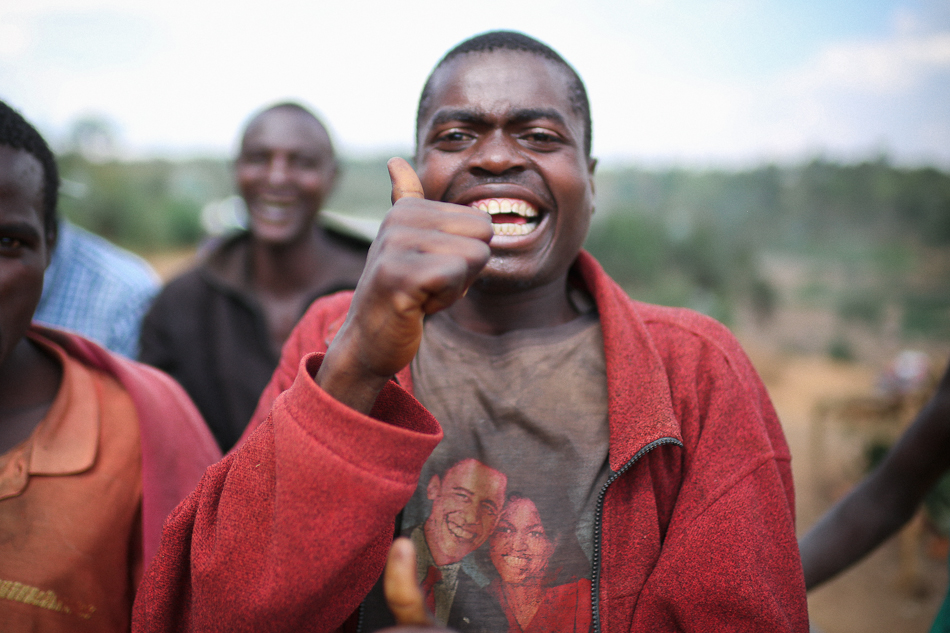 Pay day happiness.
Pay day happiness.